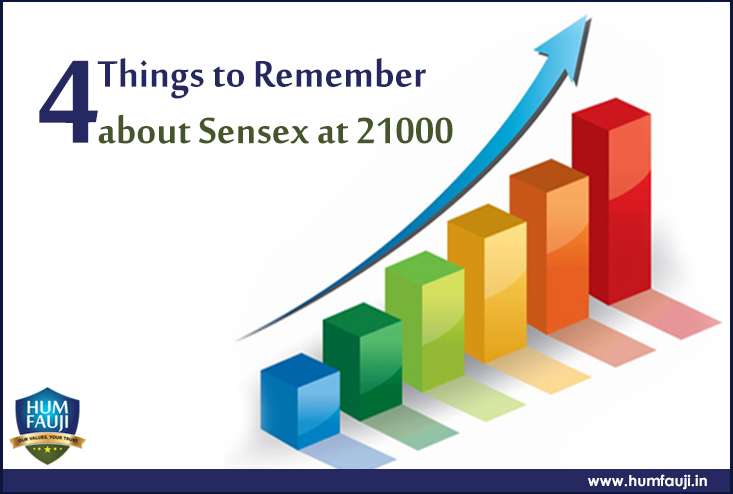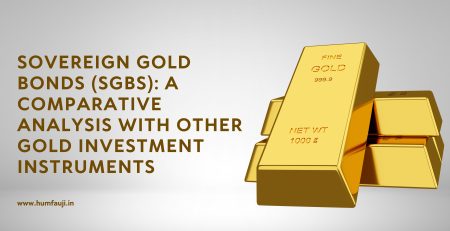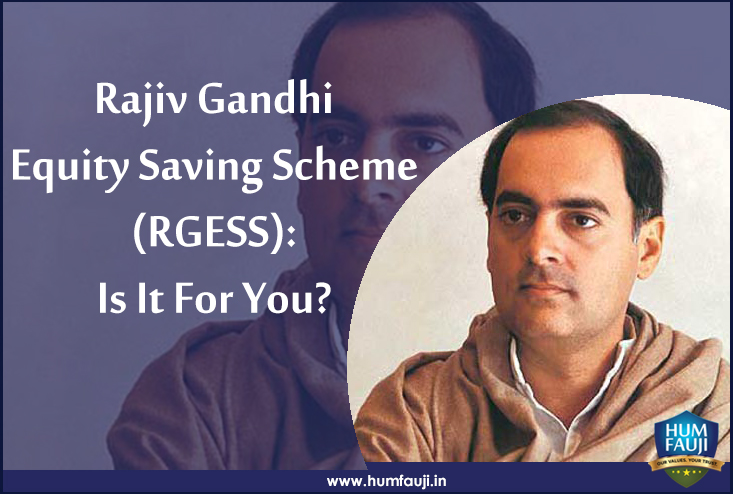Our CEO, Col Sanjeev Govila (retd), had been invited to give a talk on ‘Personal Financial Management for Indian Army Officers’ to the students of Higher Command Wing, Army War College, Mhow. He also gave a talk to approx 35 officers undergoing the ‘Armed Forces Program’ (AFP) at IIM, Indore the same day. The talks were well appreciated at both the places and the Question & Answer (Q&A) Sessions at both the places far exceeded the time allotted.
Some of the questions asked, of common interest to serving and/or retired armed forces officers, are summarised below. Due to the sheer large number of questions asked, this will be given out as a series of 4 parts over next 8 days. This one is the last part of the 4 parts, previous part of series can be checked here.
Q. How much retirement corpus and pension am I going to get when I retire?
A. As on today, a Col retiring at the age of 54 years gets about Rs 55 Lakhs as the retirement corpus + his DSOPF accumulation, assuming he does not commute any pension. The pension received will be about Rs 1.15 Lakhs per month. If he commutes 50%, he will get an additional Rs 55 Lakhs or so and his pension comes down to about Rs 63,000 per month. Please remember that these are very broad ballpark figures, would vary slightly depending on your rank and years of service and would vary more if one is retiring as a Doctor since the NPA forms part of the basic salary.
Q. Is it good to go in for a property as an investment with a part of the retirement corpus since the property prices are quite depressed right now?
A. First thing to remember is that the old structure is changing in the country. Old-time ‘physical’ assets like real estate and Gold have not performed for a long time and may not do so for quite some time to come. Secondly, ‘financial’ assets are becoming more prominent since they have better liquidity and returns now, and hence, are able to meet our enhanced life-styles and requirements better.
Real estate in India thrived on black money resulting in the property prices zooming up to unsustainable, artificial highs. With a sustained clampdown on the black economy, property as an asset class has floundered. To top it, there is a huge demand-supply gap which has built up all across the country and it is estimated that in most of the major metros, next five years’ residential property demand is ready and waiting for buyers while new supply further keeps added to it. This is not what a good investment avenue should be like. Investing life-time savings into such an avenue is not recommended.
Q. Should serving or retired armed forces officers go in for National Pension Scheme (NPS) since it gives an additional tax rebate for Rs 50,000?
A. NPS is a retirement product which is designed to give monthly pension from 60 years of age. Hence, treat it as such – the additional tax saving on contribution of Rs 50,000 per year in NPS is just the icing on the cake, and should not become the cake itself. In NPS, investment is made till the age of 60 years. The contributions are invested in a suitable combination of asset classes, primarily Equity, Government bonds, and Corporate bonds. NPS has some drawbacks as below:
· Liquidity is an important facet of any investment. In NPS, you will not be able to withdraw until the age of 60 years except in special circumstances. Hence, treat NPS as a true blue retirement product and do not confuse it with an investment product or your PF equivalent.
· You can withdraw up to 60% of the lump sum accumulated at the age of 60 years tax-free. Balance money is locked up for life to give you pension (called Annuity here). The pension is fully taxable when it starts.
· The worrying clause is that the Annuity has to be taken from a life insurance company. Annuities are high-cost, low-return products of life insurance companies.
· While much is made of the very low fund management charge, there are multi-level charges at various offices and levels of the NPS system, the cumulative effect of which make the NPS a more expensive system than it appears at first glance. And over the years, these costs have been slowly and steadily going up.
Just because NPS contributions are eligible for income tax deduction initially, does not make it an attractive investment avenue. While selecting any investment avenue, three things need to be analysed – safety, liquidity & returns. Assess yourself if you need NPS in light of the facts brought out above. If you are not likely to have any pension after your retirement, then NPS is one of the best products to have in your portfolio for retirement purpose if you do not much understand markets and want a hassle-free product. However, if you are slightly market savvy, a portfolio consisting of mutual funds along with an ELSS (Equity Linked Savings Scheme) or the Retirement Schemes of the Mutual Funds can better meet your retirement needs with more flexibility in terms of investment and withdrawal, better taxation and good returns.
Please also see the series of articles on this issue on our website on the link https://humfauji.in/?s=nps
Q. I have about Rs 30 Lakhs in DSOPF, am subscribing Rs 60,000 per month further and putting about Rs 20,000 in Mutual Funds (MFs) as SIPs. I have put in about 18 years of service and have another 14 years to retire in the current rank of Col. Is my subscription level for DSOPF and MFs correct or needs to be changed?
A. You have a long time to go before retirement and already have a large DSOPF accumulation. While DSOPF is a hassle-free simple investment product, the returns, in spite of the tax-free status, are just slightly above the inflation level. Taking DSOPF returns to be average 8% and inflation to be average 7%, you get ‘net real’ returns of just 1% per annum. Hence, it is important to diversify into higher yielding instruments. A largely equity Mutual Fund portfolio which balances your pure debt DSOPF Fund is required so that you get better ‘real’ rate of returns. While you are already doing that with your SIPs to some extent, the contribution to SIPs is very less compared to your DSOPF monthly subscription. We would recommend you at least an equal contribution of Rs 40,000 per month in each, DSOPF and a carefully-prepared and well-monitored MF portfolio with a predominantly equity bias due to your age and the fact that you already have Rs 30 Lakhs in DSOPF.













Leave a Reply